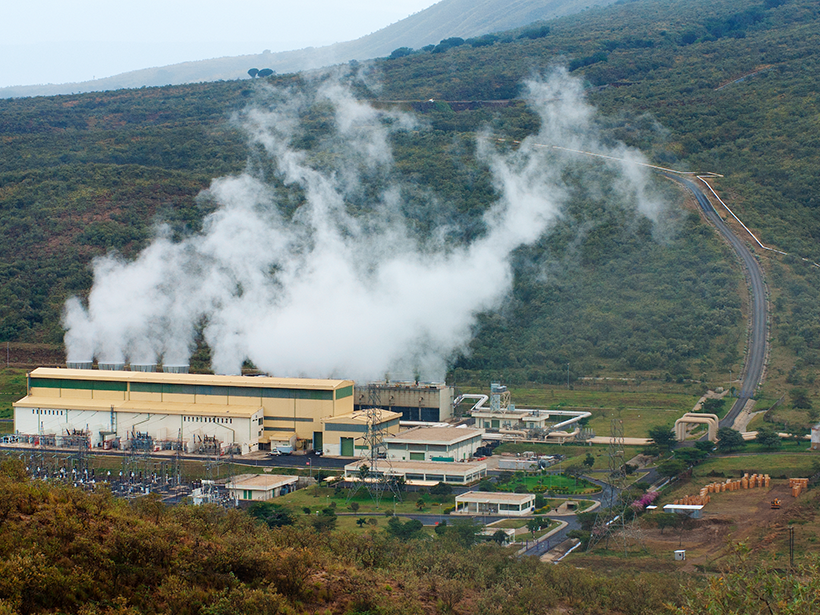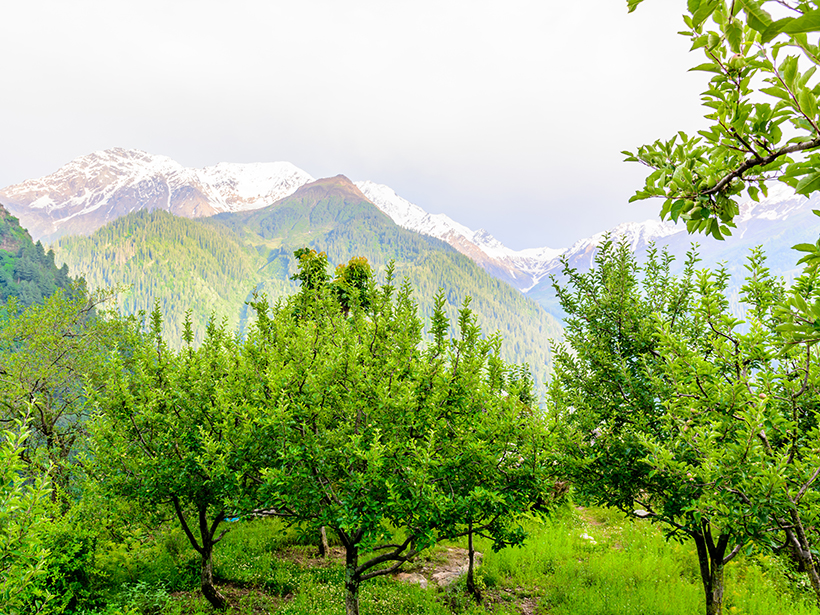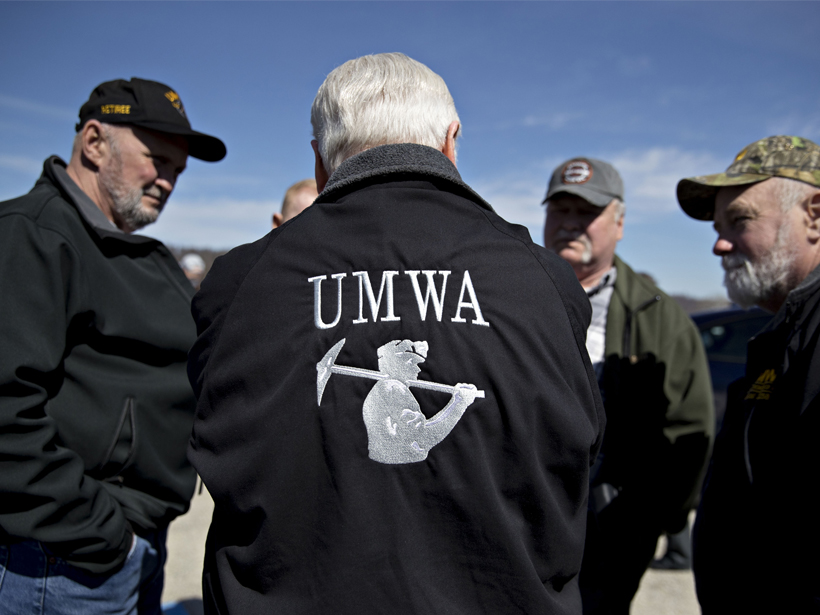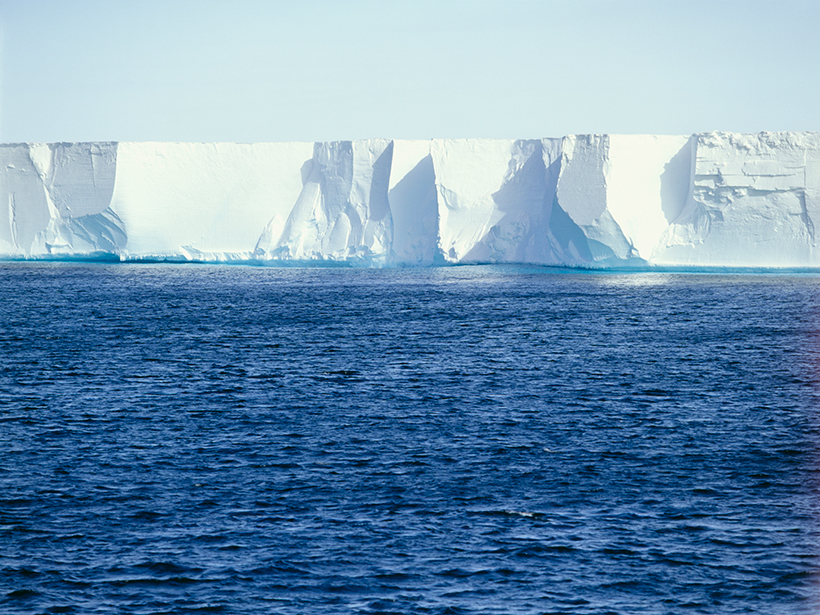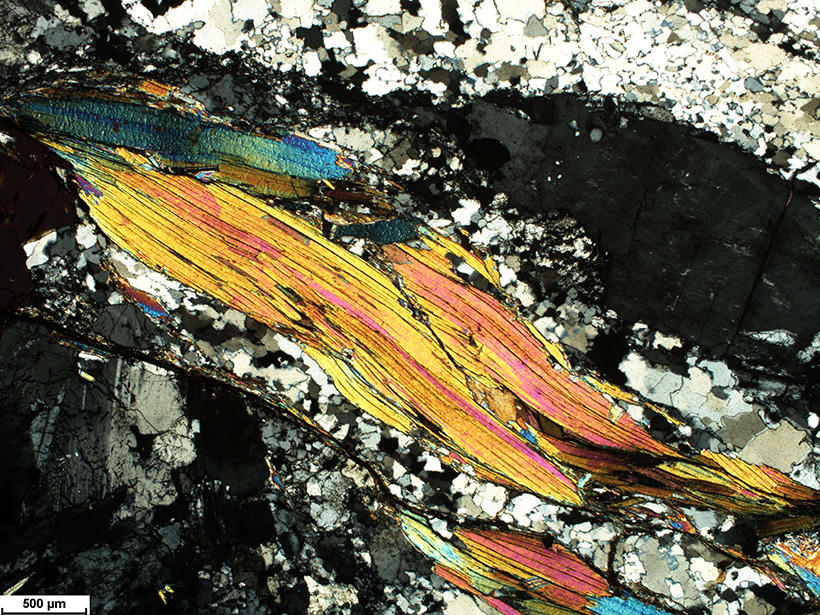What Earth and space science stories are we recommending this week?
News
As Climate Changes, So Does the Apple as Rising Temperatures Push Growers Higher Into Himalayas
Climatic factors have wreaked havoc on India’s apple crops by disrupting natural flowering seasons and pollination systems. The shape, size, and quality of Himalayan apples have changed.
Diverting the Mississippi River May Not Save Louisiana’s Coast
New research finds that man-made river diversions have previously led to land losses.
Union Leader Talks Coal and Climate
President of mine workers’ union says that combatting climate change is important but it can’t come at the cost of mining jobs.
Drilling into the Past to Predict the Future
Climate change is at the center of a remarkable international drilling operation into Antarctica’s Ross Ice Shelf.
Ancient Precipitation Reveals Clues About Mountains and Climate
By studying the chemical signatures of 300-million-year-old precipitation, researchers find evidence that the supercontinent Pangea contained peaks as tall as the European Alps.
Climate Change Is Coming for Our Fish Dinners
Your fish fillet may have less omega-3 fatty acids, an important nutrient for brain health, by the end of the century.
Vintage Radar Film Tracks What’s Beneath Antarctic Ice
The newly digitized data double the timescale of ice-penetrating radar monitoring in some of the fastest changing areas of Antarctica.
Massive Collision Cracked Young Jupiter’s Core
The gas giant’s interior reveals evidence of an ancient impact.
Finding Faces in Hailstorms
Machine learning technology helps scientists recognize severe weather patterns.

